It’s now a recurring vision: Every restaurant owner dreams of beating the odds, and surviving COVID-19 in the digital food space they inhabit.
If the pandemic has taught the industry anything, it’s the importance of digital technology that separates the haves and have-nots. Keep this in mind: At first, most didn’t take the virus seriously.
Restaurants have been dealt a beyond-harsh blow by the pandemic, illuminating in a glowering light the enormity of their digital shortcomings.
With dine-in completely annihilated, those who had no digital sales capability have already fallen by the wayside. Those that haven’t shuttered their doors have been gratuitously impacted, but are still somewhat viable due to their ability to provide curbside pickup, carry-out, direct ordering, and contactless delivery.
Restaurant CEOs have been taught a painful lesson, now realizing the importance of agile corporate response to the ever-changing digital environment.
The laggards are being decimated, and the early majority is enviously eyeing the technology decisions made by the late majority and early adopters. Yes, they are surviving, and in some instances, doing a bit better than surviving.
A steady stream of economic evaluations tied to sobering statistics have been produced recently by the National Restaurant Association.
Due to COVID-19 during the first 22 days of March, 2020, more than 3 million restaurant jobs and $25 billion in industry sales were lost, with 44 percent suspending restaurant operations, and nearly 70 percent forced to furlough workers and/or cut employee hours.
Surviving COVID-19 seems unlikely: More than half expect further payroll cutbacks, and thousands of restaurants have ceased operations completely.
The National Restaurant Association survey of 4,000 restaurant owners and operators found that 11 percent of operators said they may close within the next 30 days, and 3 percent of operators surveyed said they have permanently shut down their restaurants. Projected sales losses are expected to top more than $225 billion with 5 million to 7 million lost jobs by mid-June.
Now that the threat of coronavirus is an established reality, rationalizations are no longer a by-product of infected denial: Those behind-the-curve restaurant owners who thought they could continue to operate unscathed have lost most of their sales, or have closed completely.
“If anyone said they had this in their glass box — “‘In Case of Emergency, Break Glass’ — they’re lying. I’m going to make a prediction that about 10 percent of the industry won’t come back, with the damage heavier among independents and full service.”
— Don Fox, CEO, Firehouse Subs
As we all suffer through systematic hospitality shutdowns, a pearl emerges – a real caveat – which is a glimpse into what the restaurant economy is going to look like when we surface from under the present mess.
Those that believe operations will someday resume under the same conditions are not paying attention to the rising behavioral cues that have been forced out of the populace by the coronavirus situation.
Surviving COVID-19 requires courage. To beat the odds, restaurant owners need vision.
Those operators that recognize their industry is evolving into a different technology ecosystem and take actionable steps toward digital implementations demanded by their guests will reap the whirlwind.
Those innovators will enjoy the greatest opportunity to recoup their losses and step firmly into the new digital environment engendered by the crisis.
Change is tough, and even though laden with apprehension, real solutions sometimes require ripping off the band-aid. The restaurant industry is a paradigm case of this.
Best-practices will dictate innovation through investment in digital technology for restaurants.
Successful strategy must now include a technology roadmap that provides value to guests through a frictionless omni-channel digital experience.
Restaurant brands that adopt digital transformation will find themselves in a better position to address operational value propositions and goal structures leading to growth and increased revenue opportunities.
Digital transformation can be achieved through a web app portable from desktop to mobile to kiosk that enhances the UI/UX of restaurant menus, online ordering, add-on offerings, and third-party integrations such as POS, loyalty & rewards, and especially — delivery.
A report issued by The NPD Group said that takeout and delivery accounted for nearly 50 percent of all restaurant spend in 2019, and according to the National Restaurant Association, 80 percent of foodservice operators now say delivery is a major focus.
According to a recent Datassential report, 92 percent of restaurant traffic is now off-premise, with drive-thru orders being the largest growing category, followed by 23 percent order-ahead, 21 percent delivery, and 18 percent to-go.
Online ordering and delivery is growing more than it had been pre-coronavirus, up a healthy 7 percent.
“We have to think about restaurants in a different way now,” said Datassential Group Manager Mark Brandau. “Since they are mostly off-premise now, it makes sense restaurant operators are re-evaluating their digital strategies.”
The stifling truth that few service-orientated industry verticals anticipated such a dramatic downturn is not surprising.
What is revealing is how the speed of virus impact exposed hospitality solvency challenges in such a huge way.
Restaurants that do nothing to improve digital experience for customers will fail. The demand for food isn’t going to change, but the way restaurant transactions happen have been irrevocably changed by the COVID-19 environment.
Surviving COVID-19 — The jury may still be out, but the ultimate verdict will require zero argument: Every restaurant brand must focus on the expansion of their digital technology systems.
The new social distancing/contactless food economy is built upon the ability to provide virtual world-class guest experience.
“Aside from implications caused by the coronavirus, my best guess is convenience and value are huge factors in why we’re seeing a surge in digital ordering right now,” Brandau said. “People getting restaurant meals these days are going to go with restaurants offering apps that provide easy ordering and delivery options.”

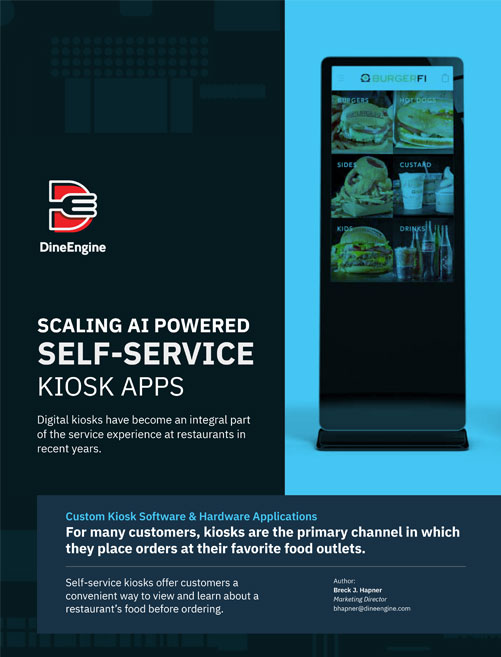
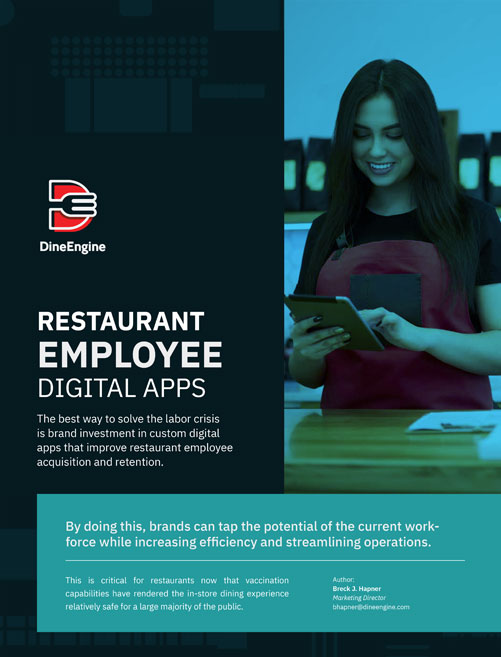
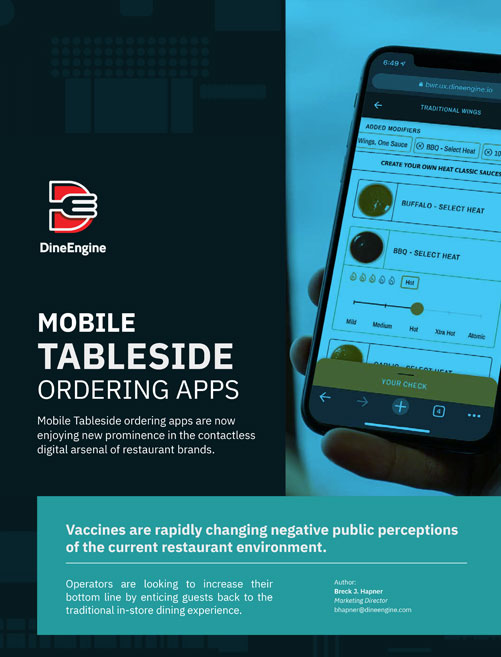
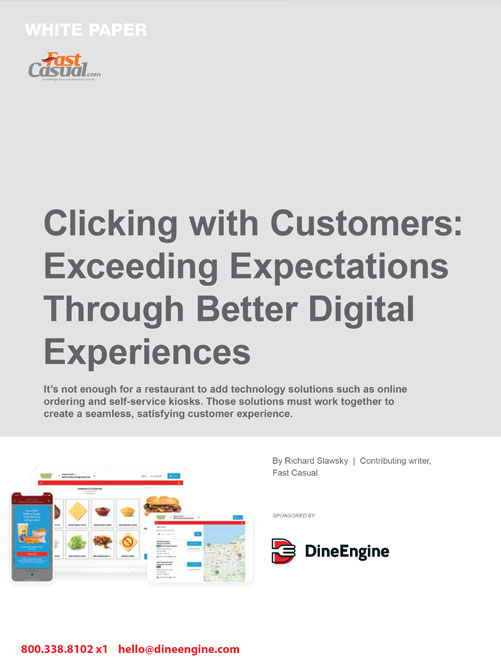
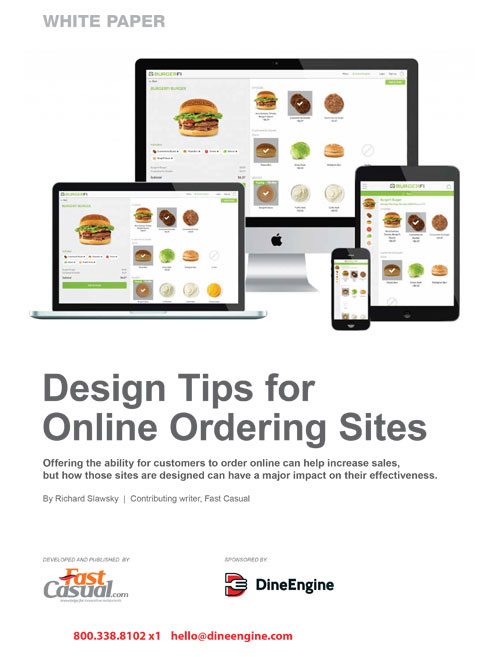
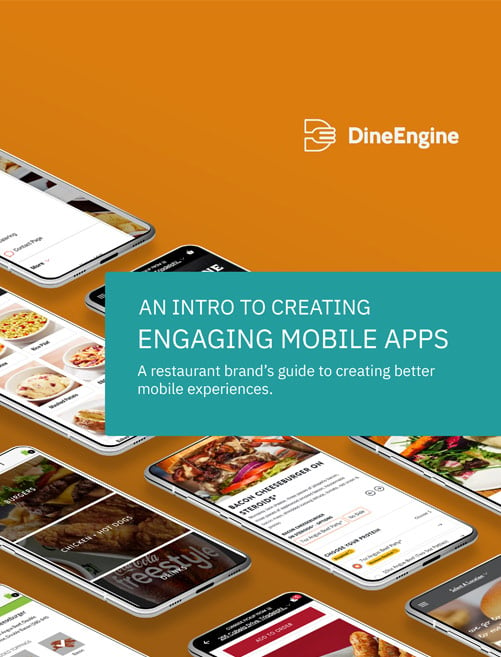







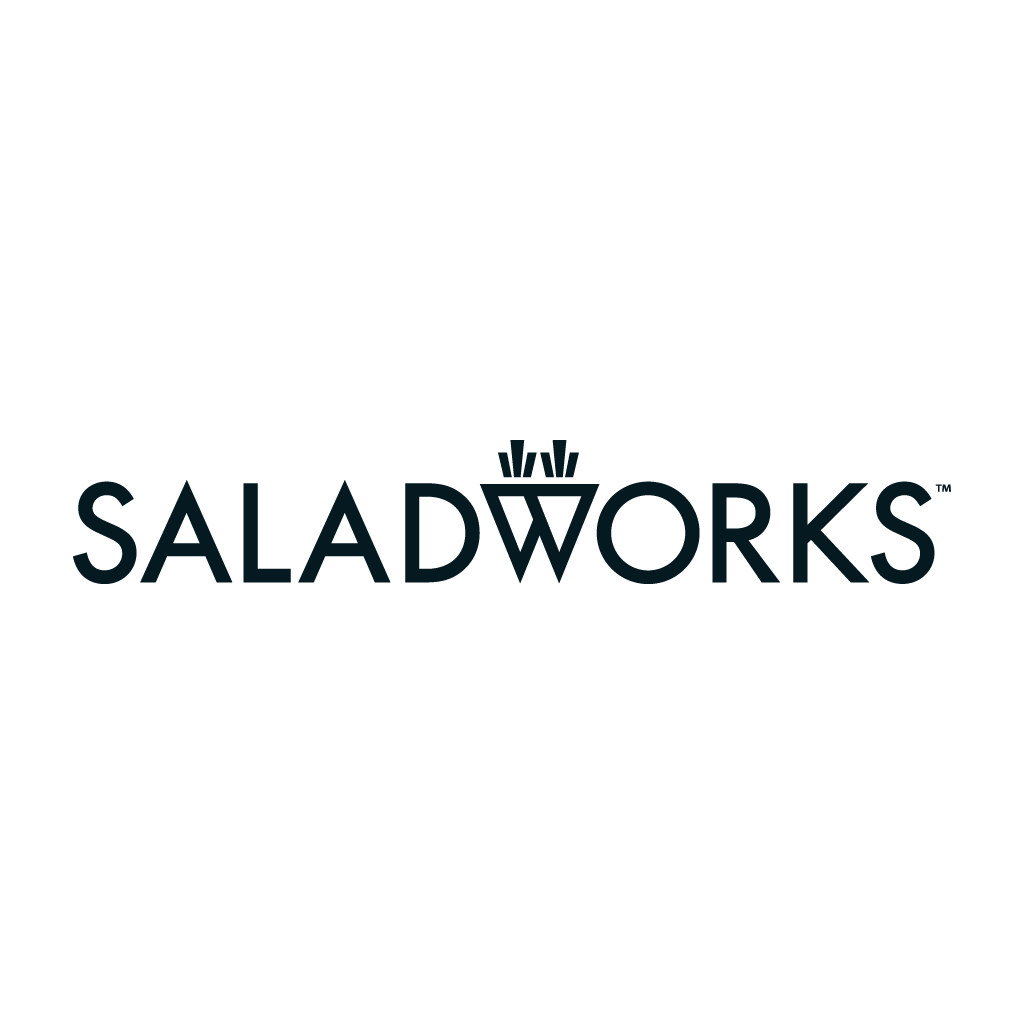

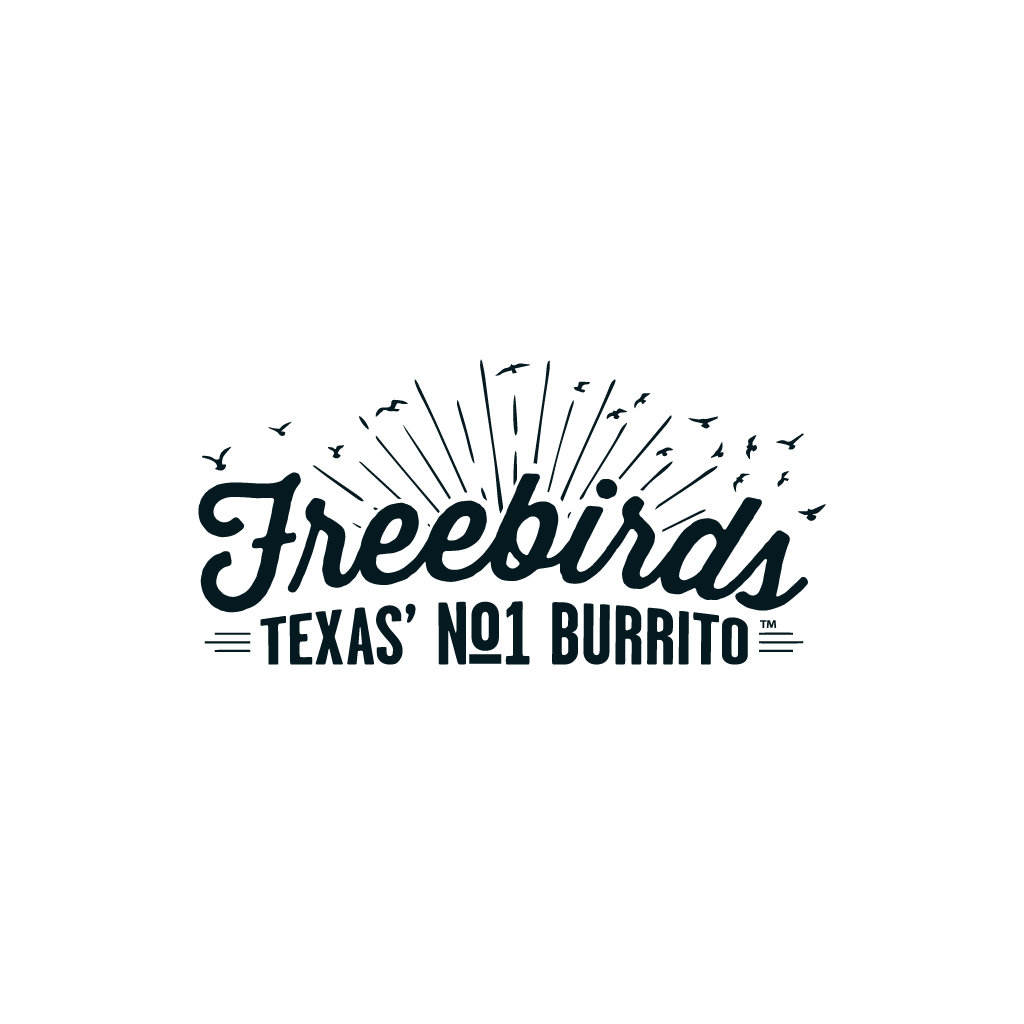


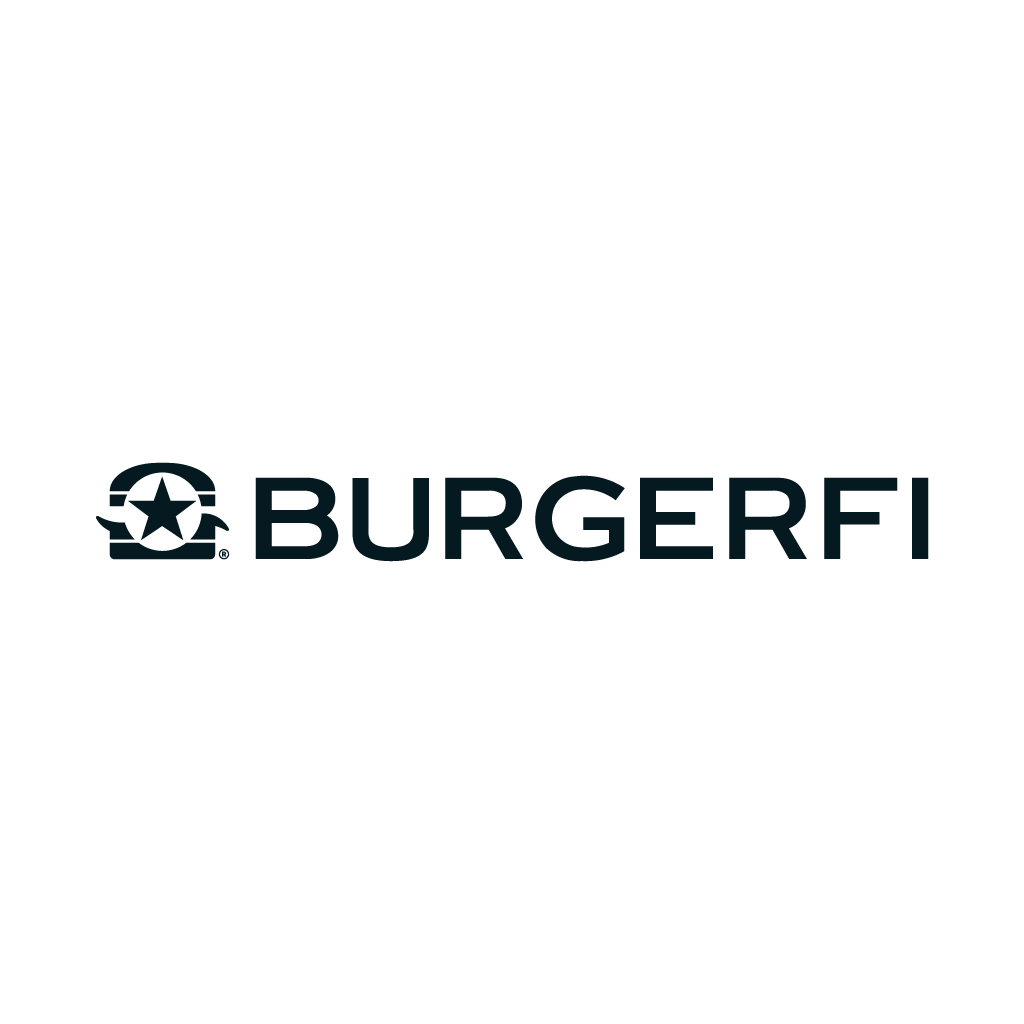





0 Comments